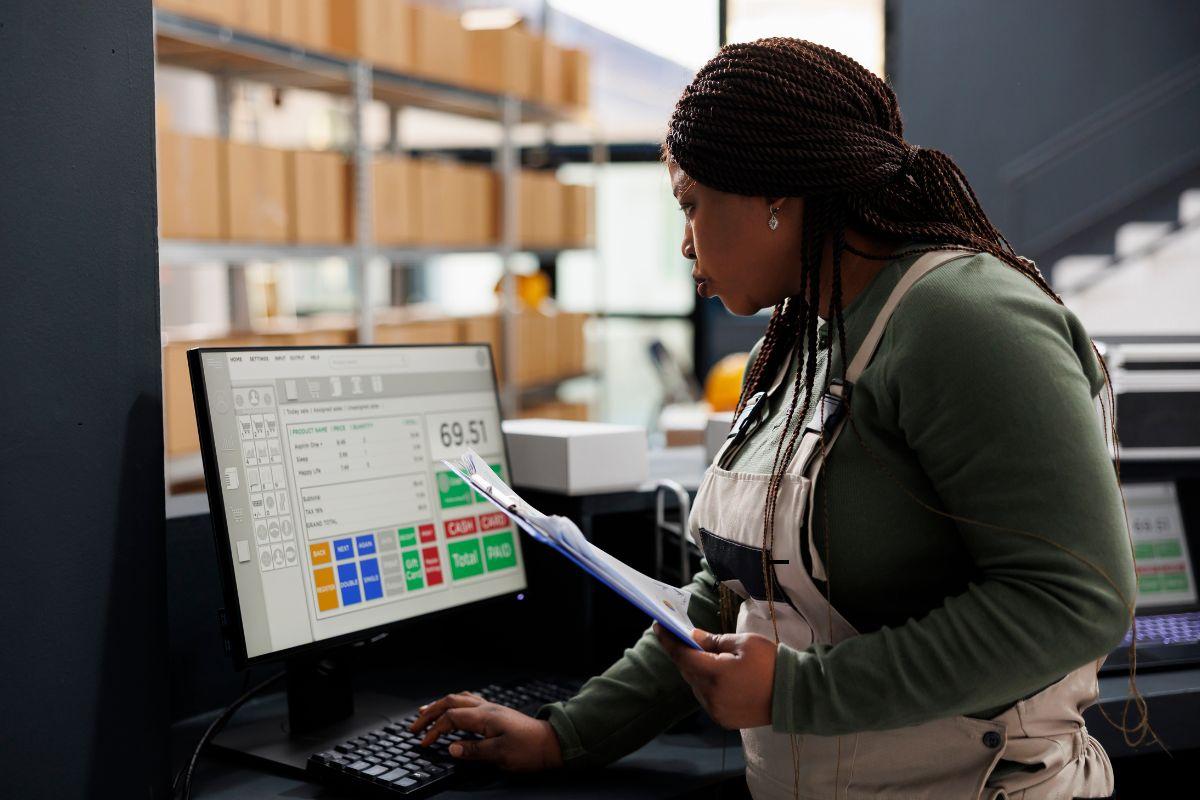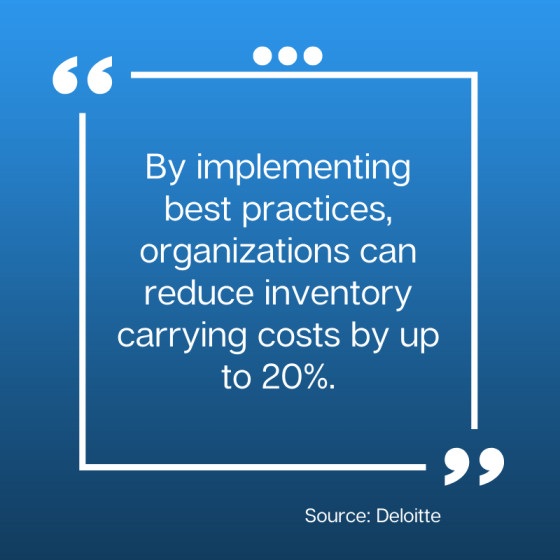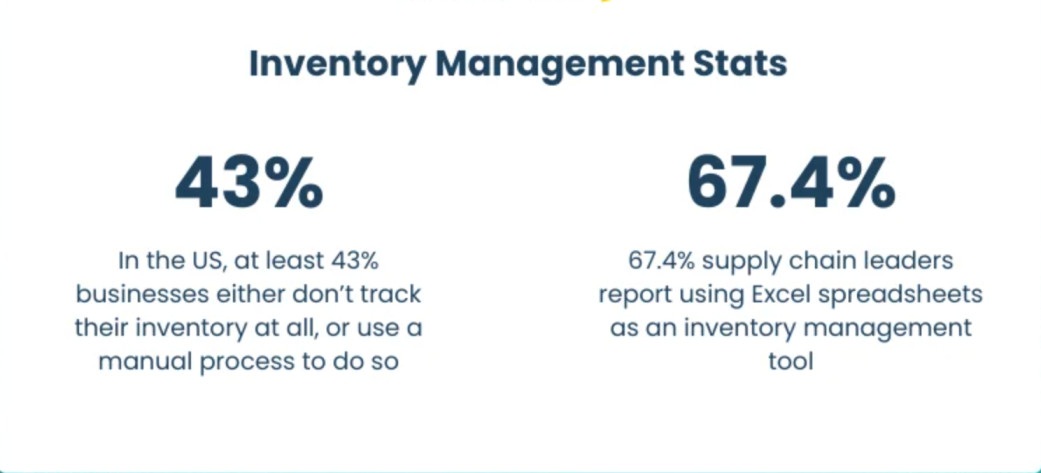Rental Inventory Management: A Complete Guide 2024
Take a proactive approach to your rental business. Let’s discuss the best rental inventory management practices and how they can make you profitable.
In this article:
- What is Rental Inventory Management?
- Rental Inventory Management: Best Practices
- 1. Centralize Your Inventory
- 2. Keep an Eye on Demand
- 3. Conduct Regular Audits
- 4. Set Clear Terms & Agreement With Customers
- 5. Use a Tracking Software
- Optimize Your Rental Inventory With Itefy

So, you are about to start a rental business and have a detailed plan to succeed. It's good to be optimistic and aspirational, but there are a few caveats that you must address. The most important one is that a rental business is fundamentally different from a sales business. In a rental business, your items keep coming back to you, so asset management takes a different meaning.
The equipment rental market keeps growing and is expected to reach $59.5 billion in 2024. If you want your share of this expanding pie, equipment management should be a key consideration. Let's talk about it in detail and understand how rental inventory management software can help you.
What is Rental Inventory Management?
Every item a company owns is called inventory, whether it is in a warehouse or on an office desk. Rental inventory management means storing, tracking, and maintaining your rental equipment. No matter which industry you're in, keeping a detailed record of your rental inventory and actively monitoring it always pays dividends.
The rental business is different from the sales business because, in the former, there is two-way traffic between the business and its customers. Rental companies must get their rented equipment back to their warehouses at the specified time so that they can service it and rent it to the next customer. Rental inventory management involves managing physical assets and the systems that oversee them.
Rental Inventory Management: Best Practices
Quality rental inventory management is critical to ensure the success of your rental business. Here are some of the best practices that help optimize your rental inventory, maximize revenues, and increase customer satisfaction.

Best inventory management practices can save you money.
1. Centralize Your Inventory
The first principle of inventory management is creating a detailed database, including the names, descriptions, quantities, and pricing of each item. Centralizing your inventory is the best record-keeping method because it allows you to track your rental items accurately and helps you easily fulfill your orders.
A centralized inventory also provides accurate information 24/7 about your equipment. Whenever customers want to order an item, you can simply check the updated inventory record and update them about its availability. If the requested item is available, the centralized inventory also lets you book it quickly.
You no longer have to rely on memory or search through multiple records, which wastes valuable time and hurts customer's trust. With centralized inventory, there is also no chance of double booking or providing customers with inaccurate information because everything is available right in front of you in a single, consolidated form. The best way of keeping a centralized inventory is using rental equipment tracking software, as it provides you with every bit of detail in one place.
2. Keep an Eye on Demand
Rental businesses are closely related to market fluctuations based on customer demand. Rental inventory management can be successful only if you're constantly evaluating customer demand so that you have enough items in stock to meet that demand. Otherwise, you'll regularly experience stock-outs when it comes to popular rental items.
Stockouts can be crippling for any rental business, as they result in missed opportunities and dismayed customers. You can prevent these problems by monitoring customer demand and ensuring that the popular items are always in stock.
The best way to do it is by integrating a comprehensive booking system into your rental inventory software. It automates the reservation process and processes orders without the need for human intervention. There is also less probability of error, and you can handle high order volumes with ease.
3. Conduct Regular Audits
Combining the power of software with regular physical audits is the goldilocks zone of rental inventory management. The software has real-time information, and physical audits confirm the accuracy of your records. Physical audits show the differences between your records and the actual physical quantity to account for missing items, damaged items, or the inventory that has been missed due to erroneous data entry.
Identifying these discrepancies helps your company identify misplaced inventory and prevent revenue loss. Physical audits also help you take corrective actions by updating inventory records and implementing robust security measures. In addition, physical audits let you determine the actual condition of your items. When you handle them, you can see any signs of wear and tear yourself and take the necessary maintenance or replacement measures.
4. Set Clear Terms & Agreement With Customers
Rental equipment management isn't just about counting the number of items in your stock. It also involves providing your customers with clear and detailed instructions on how to use your equipment properly. These details involve the safe usage of equipment, possible hazards, compatibility schemes, and restrictions on usage. Providing customers with these details ensures that your equipment is used responsibly and within a legal framework.
Once these guidelines have been established, there are minimal chances of accidents or equipment damage. It also ensures that there are no unwanted disputes over rental fees, saving you a lot of time and money. The ideal choice is to offer customers demonstrations on how equipment is used before renting to ensure it comes back in pristine condition.
5. Use a Tracking Software
Investing in reliable software is the best way to track inventory. These software programs have all the features for effective asset management, such as real-time tracking, comprehensive reports, automatic updates, and much more. As a result, you avoid overbookings, monitor item movements and locations, know check-in and checkout times, and the like.
There is no need for manual data keeping, as the software itself updates the data when you rent out an item and when it is returned. With minimal to no manual entry, the chances for human error are essentially zero. Many businesses still use spreadsheets for tracking equipment, which isn't an efficient way to do it.

Many businesses still use Spreadsheets to manage inventory.
Tracking software also ensures that the out-of-stock items aren't booked by mistake. If you don't have an item in stock or a customer books an amount that isn't available, the software automatically blocks the booking and immediately informs them. It prevents double bookings and helps you plan and schedule more efficiently.
Optimize Your Rental Inventory With Itefy
Rental asset management requires a proactive approach where you centralize your inventory, predict future demand, conduct regular audits, and use capable tracking software. Combining all of these tips ensures that your equipment stays safe, is returned on time, and your business stays profitable.
Managing rental equipment is virtually impossible without advanced software like Itefy's Rental Equipment Management. Our rental management system has all the critical features you need, such as a cloud database, usage schedules, QR labels, location tracking, and maintenance management. With its capability to streamline and optimize all of your rental resources, you can look forward to a compelling proposition for your customers.
So, enjoy a free, no-limits 14-day trial today and manage your rental inventory more efficiently than ever.
